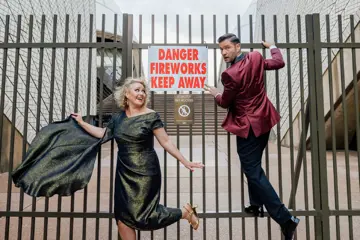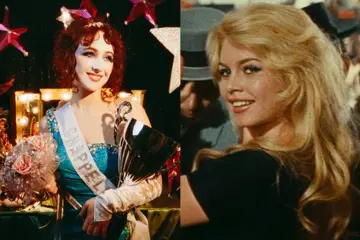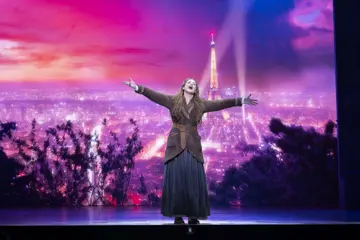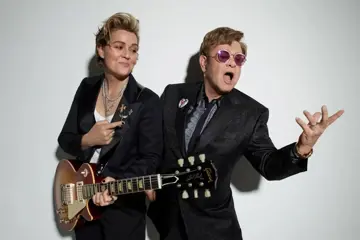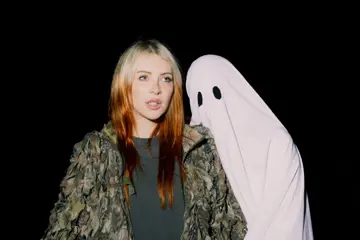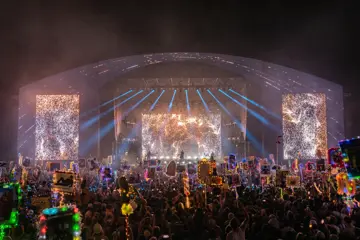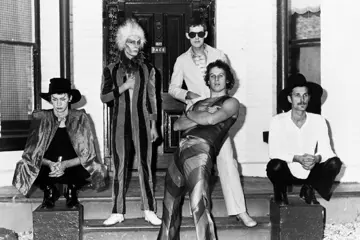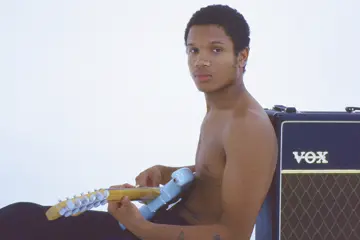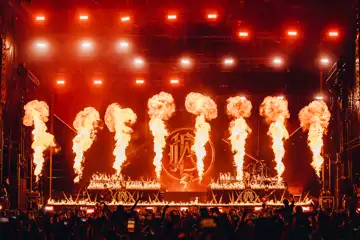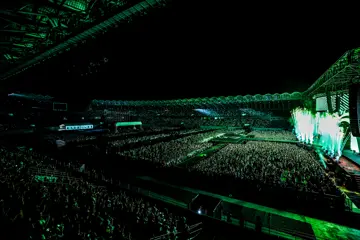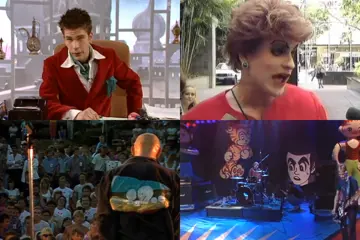When talking versatile filmmakers – those who forge an erratically, distinctively indistinct path of their own – Rolf de Heer is surely one of the most salient examples. Like Steven Soderbergh or Michael Winterbottom, he's an anti-auteur who rarely visits the same generic territory. But unlike those two, whose directorial fingerprints can be detected through closer viewing, De Heer's a chameleon when it comes to directorial style as well, across a filmography that encompasses everything from silent film homage (Dr. Plonk), child's-eye drama (The Quiet Room), eco-sci-fi (Epsilon), pitch black absurdist comedy (Bad Boy Bubby), ethnography (Ten Canoes) and too many others to mention.
“It's no such much that I planned on it,” de Heer says of his path, “when I was at film school, I didn't have a discernable style. Other people had a certain style already at that stage, and I thought 'I'm never going achieve that.' But I took heart in Bruce Beresford's work; I graduated about the time he did Breaker Morant. You look at his sequence of films [prior], and they're all completely different. I looked at those films and thought 'Ahh, you can actually do that.' I gave myself permission to not make the same film.”
The King Is Dead is his latest. It's a comedy of suburban warfare and shares some common ground with two prior films of his – the restrictive suburban setting of his provocative 2003 psychodrama, Alexandra's Project, and the abrasive humour of his 1993 cult classic, Bad Boy Bubby. It's also his first film in five years, the longest gap between films in his career, though he'd been as active as ever in that time, as he tells: “I wrote a lot in the intervening time, and for me writing the screenplay is the first half of making the film. I've made three or four half-films in the meantime. Whether they get completely finished is another matter.”
The tagline for The King Is Dead bills the film as a 'suburban Western' – not de Heer's idea. “It came largely from one of the neighbours of the real house, the neighbour on the good side. He suggested a 'suburban Western'… the distributor liked it very much.” The film centres on an idyllic couple, played by Bojana Novakovic and Dan Wyllie, moving next door to the neighbours from hell (Anthony Hayes, Luke Ford, and a scene-stealing Gary Waddell as the titular king) and eventually taking desperate measures to attain peace of mind.
Don't miss a beat with our FREE daily newsletter
“It's a love story in a way”, he posits, while also reinforcing the crucial aspect of casting. “[The couple] were tricky… That to me is the really important thing, that they are absolutely believably a couple without any question, because occasionally you see films and they're quite good films, but they don't hang together, because you don't believe [the leads] as a couple.”
In the future, de Heer has another project with David Gulpilil, the star of his 2002 period drama, The Tracker, de Heer's real Western, if he has made one. Reflecting further on his varied career, he adds, “The other thing I discovered is the process of making a film is pretty tough, and you live in a space for twelve months or two years, and you're attached to that film and that way of being for that amount of time.” On repeating himself, he hypothesises: “If I do that again, it simply becomes a very hard job, worse that a 9-5… at least with a 9-5 you get to 5 o'clock and you don't have to think about it anymore. Whereas if I do something completely different, I go on another adventure. To be repetitive in filmmaking, geez that'd be hard.”
The King Is Dead is in cinemas nationally.

